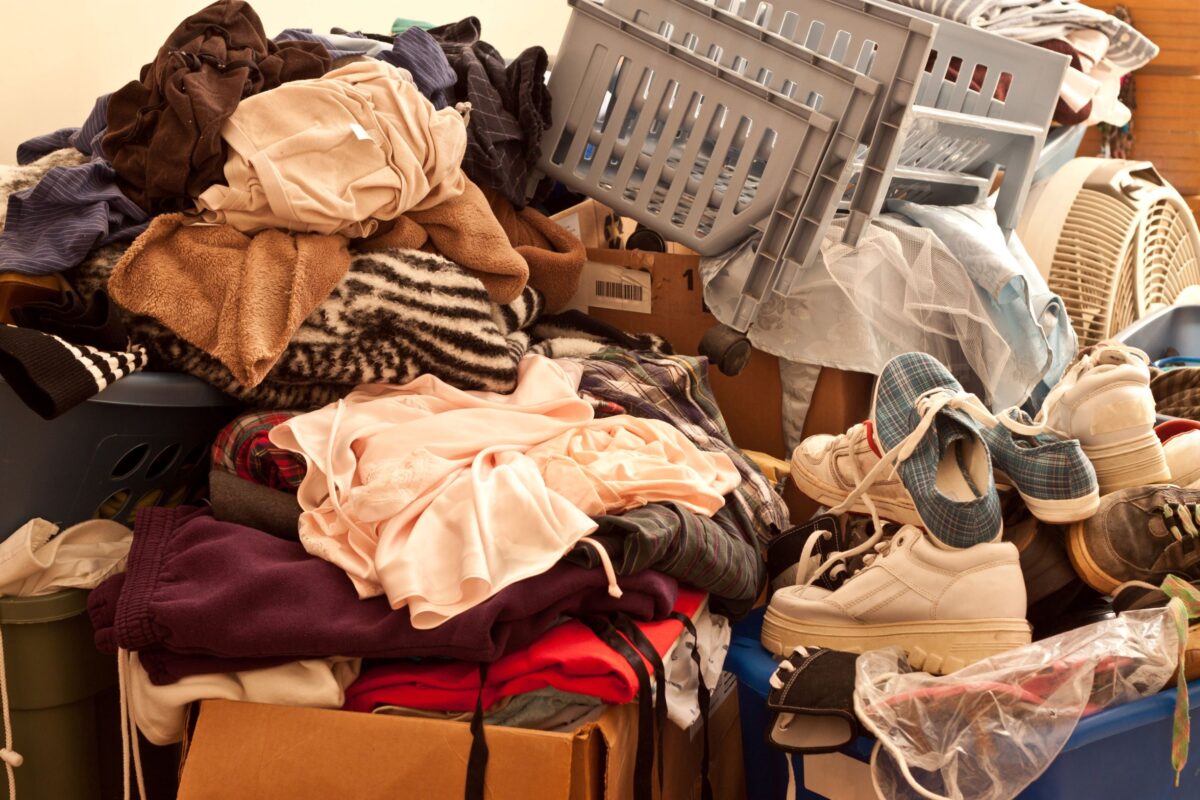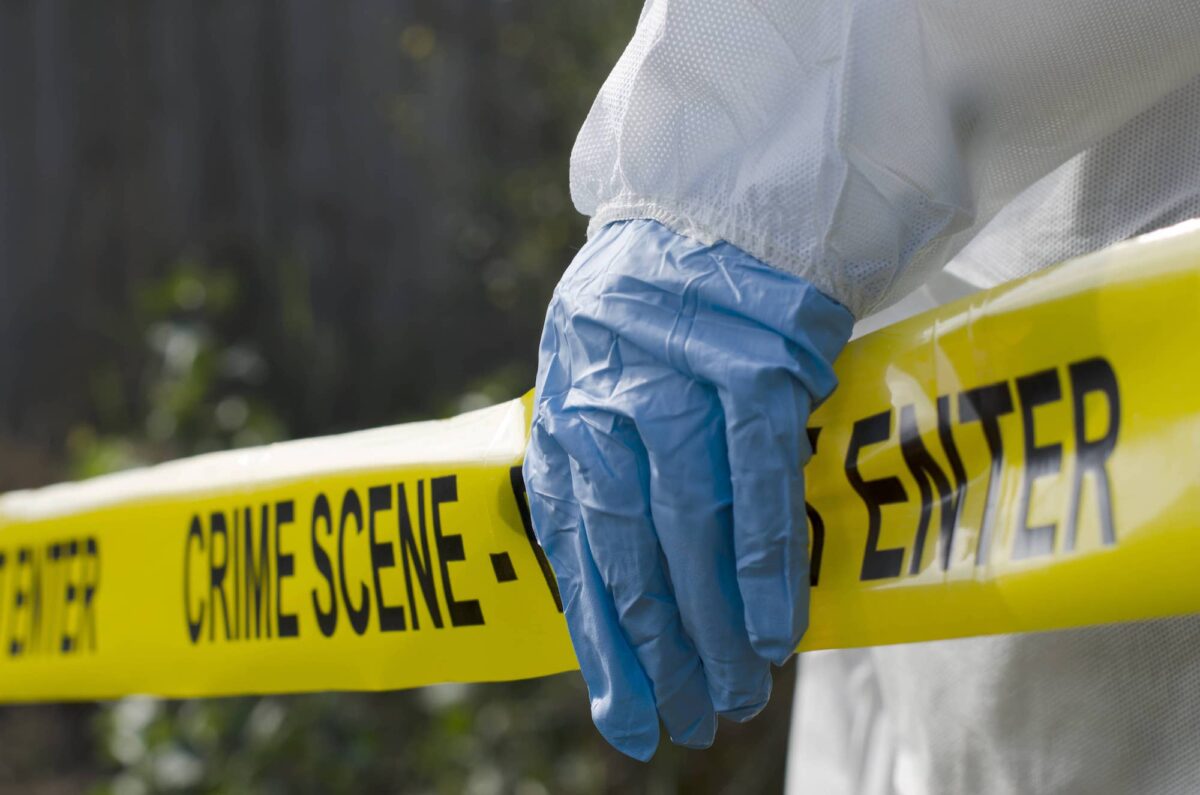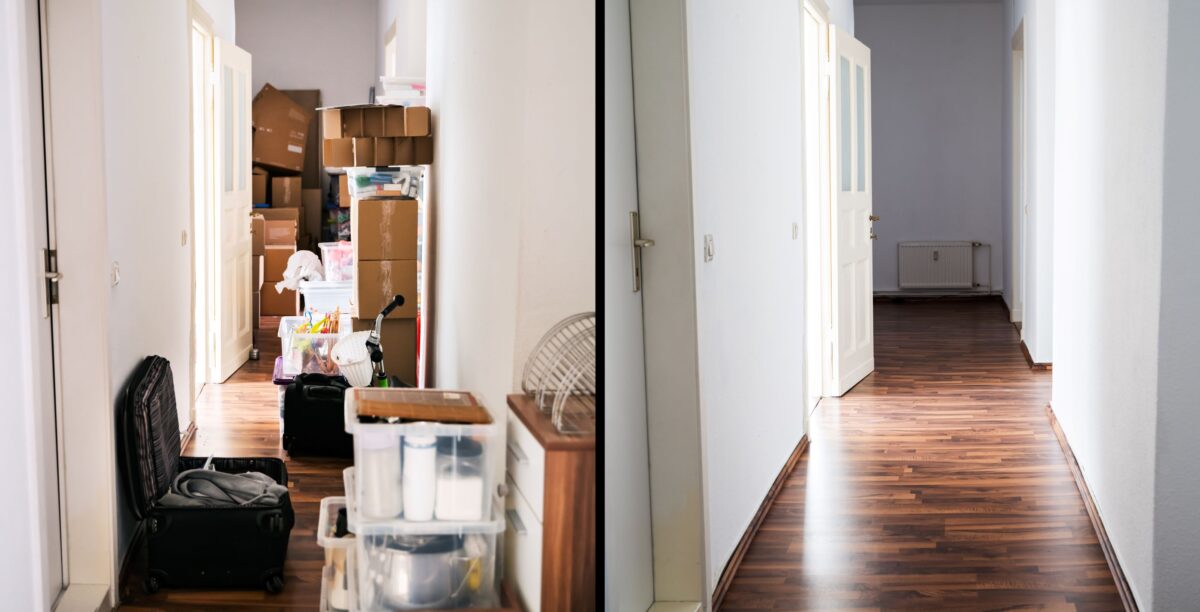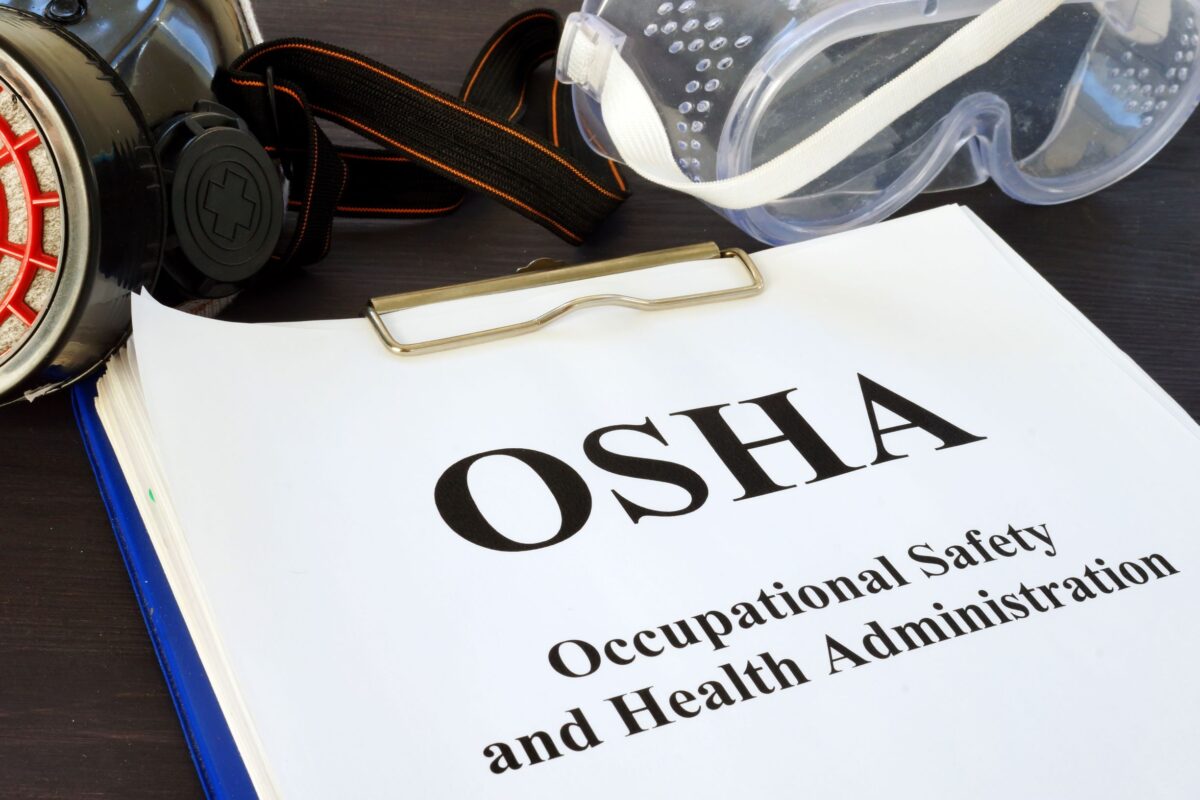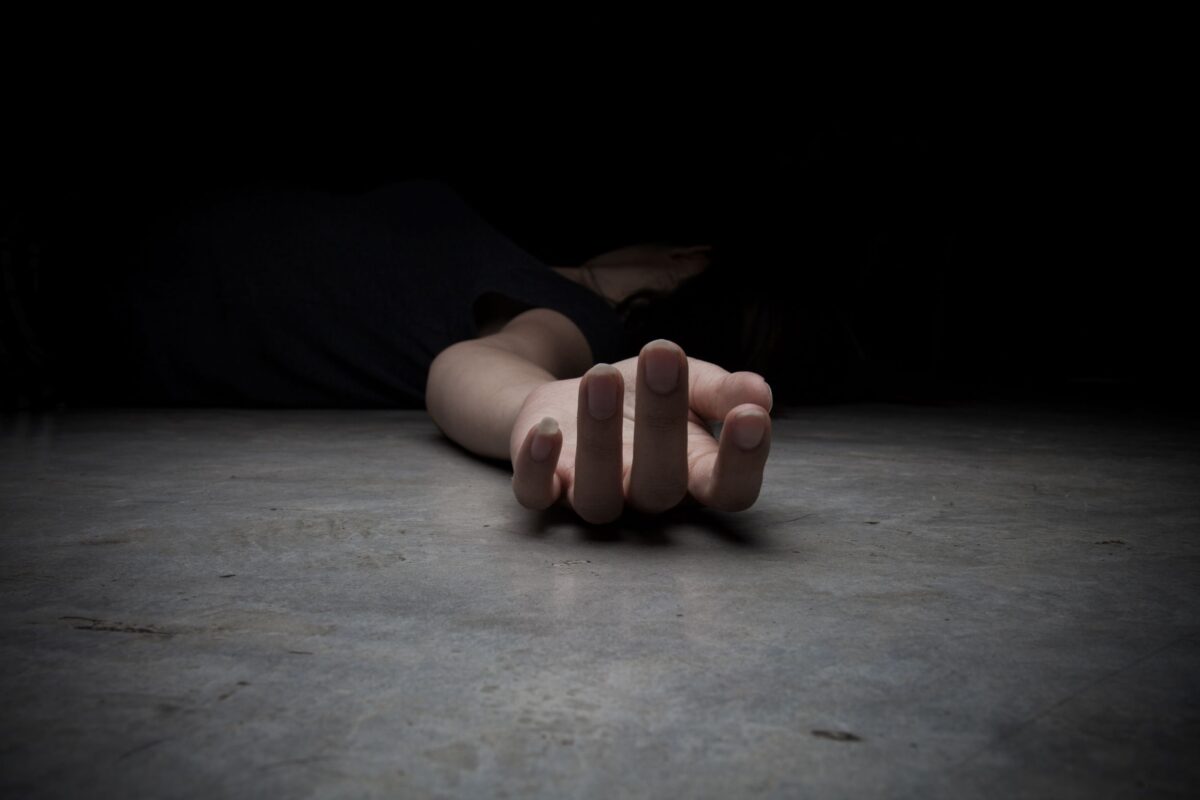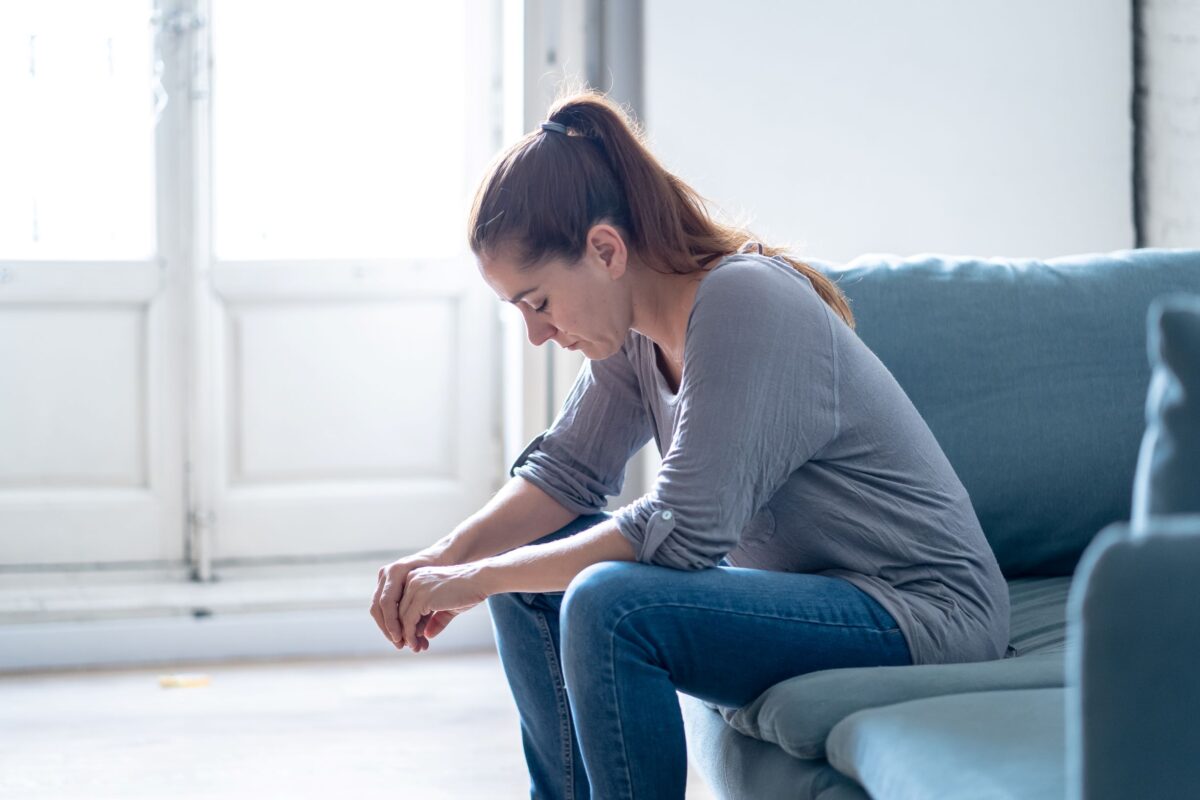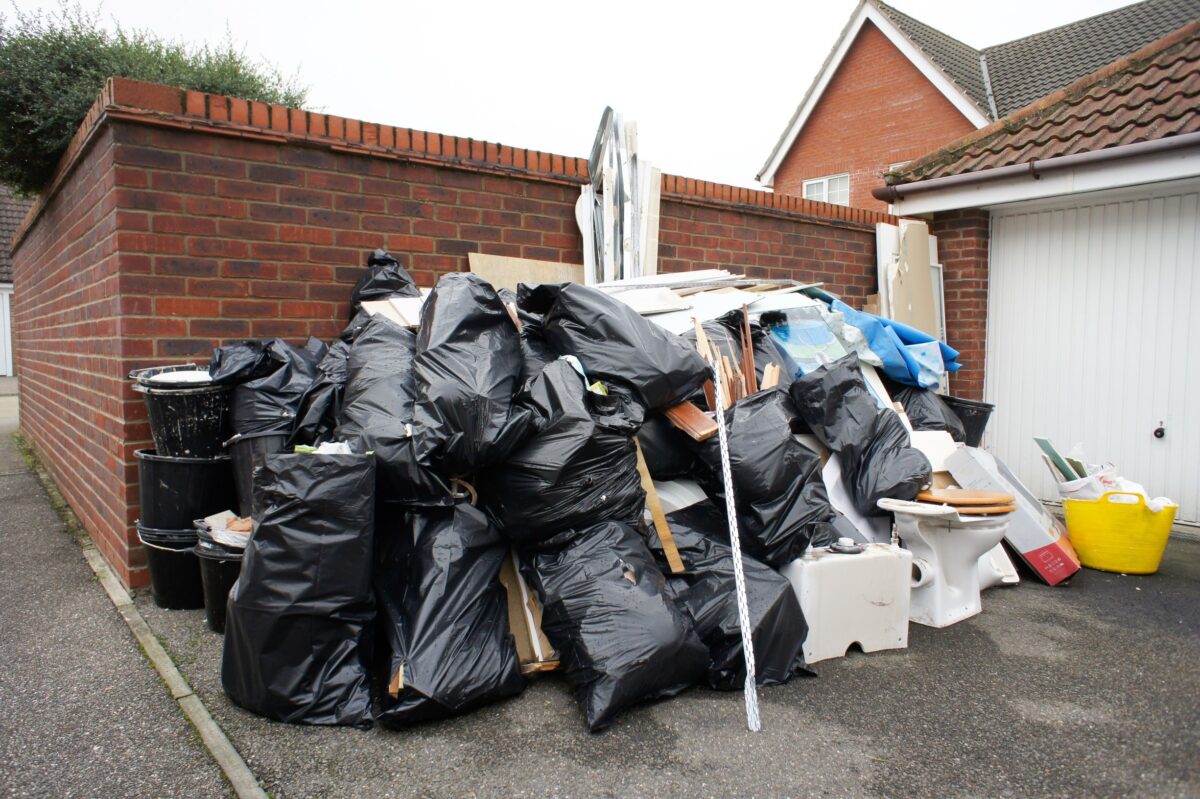One of the more common situations The BIOClean Team handles are hoarding cases, and there are reasons anyone going up against a hoarding situation should call in the professionals, and the sooner the better.
And if you’re worried someone you love is a hoarder, it’s important to handle the matter delicately, but it does need to be addressed. Hoarding presents all sorts of dangers to the occupants of the home.
How to Know If Someone Is a Hoarder
If you’re concerned that someone you love is a hoarder, you likely already have a pretty good idea of the state of their home and what’s going on. Other signs and symptoms may include:
- Excessively acquiring unnecessary items.
- Difficulty throwing out or getting rid of things, regardless of value.
- A feeling of needing to save items.
- Being upset at the thought of getting rid of items.
- Clutter building to the point where rooms are uninhabitable, unusable.
- Any tendency towards perfectionism, indecisiveness, avoidance, problems planning and organizing
Some of those may seem counterintuitive at first, after all, if someone is a perfectionist why would they hoard garbage? The truth of the matter is all of those traits speak to an unhealthy compulsion of some sort which can manifest in hoarding tendencies.
If you want to know why they may hoard, the most commonly reported and understood beliefs are that:
- The hoarder believes the items are unique, valuable or needed in the future.
- The belongings have important emotional/sentimental value
- The hoarder may feel safer when surrounded by their things.
- A fear or desire not to waste
Dangers of Hoarding
Hoarding creates a number of problems – financial, familial, and yes, health related. Those health hazards are what we’re here to discuss. These increase the longer hoarding behavior is unchecked, especially if there are animals present.
Falling Objects
One of the most common and obvious dangers of hoarding is in having piles and piles of items stacked high. These stacks can get so high and heavy that they are imbalanced, falling on people and animals below, trapping them or worse.
Air Quality Suffers
Hoarding creates an environment where dust, messes, and odors will run rampant. Decaying waste can also be present. All of these create an environment that is hard to breathe in safely. Cleaning an environment like this requires us to use respiratory protection, so imagine what that does to the people and pets living in them!
Fungus & Mold Grow
Another contributor to air quality problems will be the fungus and mold that grows from saved food waste. Spoiled food in the refrigerator, pantries, on dishes in the sink, all of these will decay and allow mold to grow. Aside from the smell which will quickly fill the home, the fungus and mold particulates in the air are health risks.
Plumbing Trouble
In homes where extreme hoarding takes root, plumbing problems are common. Things can end up in drains and toilets that don’t belong, clogging pipes and leading to further unsanitary and dangerous situations.
Sanitary Issues
Speaking of unsanitary, the general condition of a hoarding home is likely to be unsanitary, especially if animal hoarding is a part of the problem. Animal waste can be left unfound, some pets can even pass their bodies being lost in stacks of trash, all of which will decay releasing gases into the air and creating an unhealthy environment.
Infestations
Many pests thrive on rotting food and waste. Rats, flies, cockroaches, and more will be drawn to the unsanitary conditions, making their homes in the hoarders homes. These pests will leave droppings and waste which will further reduce the air quality and create a hazardous environment.
All of these things can create safety issues as well as health problems in the home. Walls may become home to pests, the excessive waste acts as fuel to fires, floors, walls, and windows can even break or crack from the weight and shifting garbage.
If you or someone you loved is experiencing a hoarding problem – get help today. Speak with a professional who can help the hoarder in processing through the mental troubles, and hire biohazardous cleaning professionals like the BIOClean Team to safely remediate a home back to livable conditions.
If you’re in the Southern California (San Diego, Orange County, Riverside County, Los Angeles County) or Las Vegas areas, The BIOClean Team is here to help!

